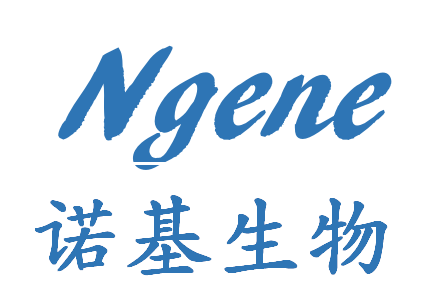钙调蛋白 1 (CsCAM1) - 钙调蛋白结合转录激活剂 (CsCAMTA) 负向调节氟化物输出基因 CsFEX1 的转录,以介导茶树 (Camellia sinensis) 中的氟化物转运。
Journal of Experimental Botany ( IF 5.6 ) Pub Date : 2025-04-01 , DOI: 10.1093/jxb/eraf113
Da Li 1 , Ya Jin 1, 2 , Qin-Hua Lu 1 , Ning Ren 1 , Xue-Ying Zhang 3 , Lin-Ying Li 3 , Gao-Jie Hong 3 , Qin-Qin Chen 4 , Yi-Jie Zhao 1, 4 , Ying-Qi Wang 4 , Qing-Sheng Li 1
Institute of Sericulture and Tea, Zhejiang Academy of Agricultural Sciences, Hangzhou 310021, China.
College of Horticulture Science, Zhejiang A&F University, Hangzhou 311300, China.
Institute of Virology and Biotechnology, Zhejiang Academy of Agricultural Sciences, Hangzhou 310021, China.
College of Tea Science and Tea Culture, Zhejiang A&F University, Hangzhou 311300, China.
Calmodulin1 (CsCAM1) - Calmodulin binding transcription activator (CsCAMTA) negatively regulates the transcription of fluoride export gene CsFEX1 to mediate fluoride transport in tea plants (Camellia sinensis).
Fluoride (F) is vital for tea plant growth; however, high levels of F in tea leaves could be a potential threat to human health. According to previous studies, F export genes (CsFEXs) regulate F efflux from tea plant cells, but the specific regulatory network remains unclear. In this study, the calmodulin binding transcription activator (CsCAMTA) protein was functionally characterized based on yeast one-hybrid screening assay and previous transcriptomics. CsCAMTA is mainly localized in the nucleus and binds to the G-box (CACGTC) cis-element in the CsFEX1 promoter as a transcription inhibitor. Additionally, yeast-two-hybrid assay and bimolecular fluorescence complementation assay showed that calmodulin 1 (CsCAM1) could interact with CsCAMTA to form a protein complex that suppressed CsFEX1 expression. Furthermore, subcellular localization results indicated that CsCAM1 was localized in the nucleus and cytoplasm, suggesting that CsCAM1 may be activated by binding Ca2+ directly in the cytoplasm and subsequent leading to a physical interaction with CsCAMTA. Finally, silencing of CsCAMTA and CsCAM1 genes in tea plants by using antisense oligodeoxynucleotides increased the CsFEX1 expression level and decreased the intracellular F level. Thus, our study elucidated a CsCAM1-CsCAMTA-CsFEX1 module that regulated F export in tea leaves and provided new insights for breeding low-F tea varieties.

访问手机版

微信公众号